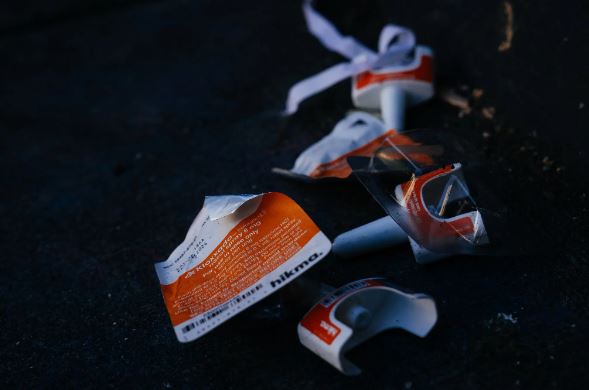In a rare instance of positive news amid a decades-long addiction crisis, preliminary federal data released on Wednesday indicates that overdose deaths in the United States declined slightly last year, marking the first decrease in five years. The data, compiled by researchers at the National Center for Health Statistics, shows that overall drug overdose deaths in 2023 were estimated at 107,543, down from 111,029 in 2022, representing a 3 percent drop.
The reduction is primarily attributed to a decrease in deaths from synthetic opioids, particularly fentanyl, which has been a major driver of the overdose epidemic. Opioid-related fatalities fell by 3.7 percent.
Despite the decline in opioid deaths, the overall picture remains grim due to a rise in fatalities from stimulants such as cocaine and methamphetamine. Deaths from cocaine increased by 5 percent, while methamphetamine-related deaths rose by 2 percent.
The report did not provide specific reasons for the decrease in opioid deaths, but several factors are likely contributors. The widespread availability of naloxone, a life-saving drug that reverses opioid overdoses, has played a significant role. In 2023, approximately 22 million doses of Narcan, the most well-known brand of naloxone, were distributed across the United States and Canada. Additionally, the use of fentanyl test strips has become more common, allowing drug users to detect the presence of the potent synthetic opioid in their drugs. Many communities and clinics have also implemented programs to distribute sterile syringes, which can reduce the risk of overdose and disease transmission.
Dr. Hurley highlighted the importance of universal access to addiction medications, stating that it should be the minimum standard for treatment. While medications exist to curb opioid cravings and reverse overdoses, there are currently no approved treatments for reversing stimulant overdoses, and few options are available for treating addiction to substances like cocaine and methamphetamine.
The preliminary data marks the first decline in drug fatalities since 2018. Overdose deaths began to escalate dramatically by 2020, largely due to the isolation and uncertainty brought about by the COVID-19 pandemic. Fentanyl played a significant role in the surge, pushing overdose deaths to over 100,000 per year. Although the rate of increase slowed by 2022, the numbers continued to climb until this recent decline in 2023.
Farida Ahmad, a health scientist with the National Center for Health Statistics, noted that the 2023 data represents not just a flattening out but an actual decrease in overdose deaths. However, the new numbers come at a critical juncture in the ongoing policy debate over how to balance law enforcement and treatment in addressing the drug crisis.
In a notable policy shift, Oregon voted in 2020 to decriminalize the possession of street drugs to focus on treatment. Governments at various levels have been attempting to balance efforts to reduce the supply of drugs with strategies to decrease demand. A study published in the International Journal of Drug Policy reported that in 2023, local law enforcement seized more than 115 million pills containing fentanyl, more than double the amount seized in 2017. The federal Drug Enforcement Administration also reported seizing nearly 80 million counterfeit pills containing traces of fentanyl, up from 50.6 million in 2022.
Meanwhile, the Biden administration and many local governments have been advocating for a public health approach known as “harm reduction.” This strategy focuses on lowering drug death rates by making drug use safer rather than solely aiming to eliminate drug use.
A separate report providing a state-by-state breakdown for the 12 months ending in November 2023 projected that most states would see low, single-digit percentage declines in overdose deaths. Notable decreases were seen in Nebraska, Kansas, and Indiana, where fatalities dropped by more than 14 percent compared to 2022. Conversely, 16 states are projected to experience small increases in overdose deaths, with significant spikes of at least 27 percent in Alaska, Washington, Nevada, and Oregon.

